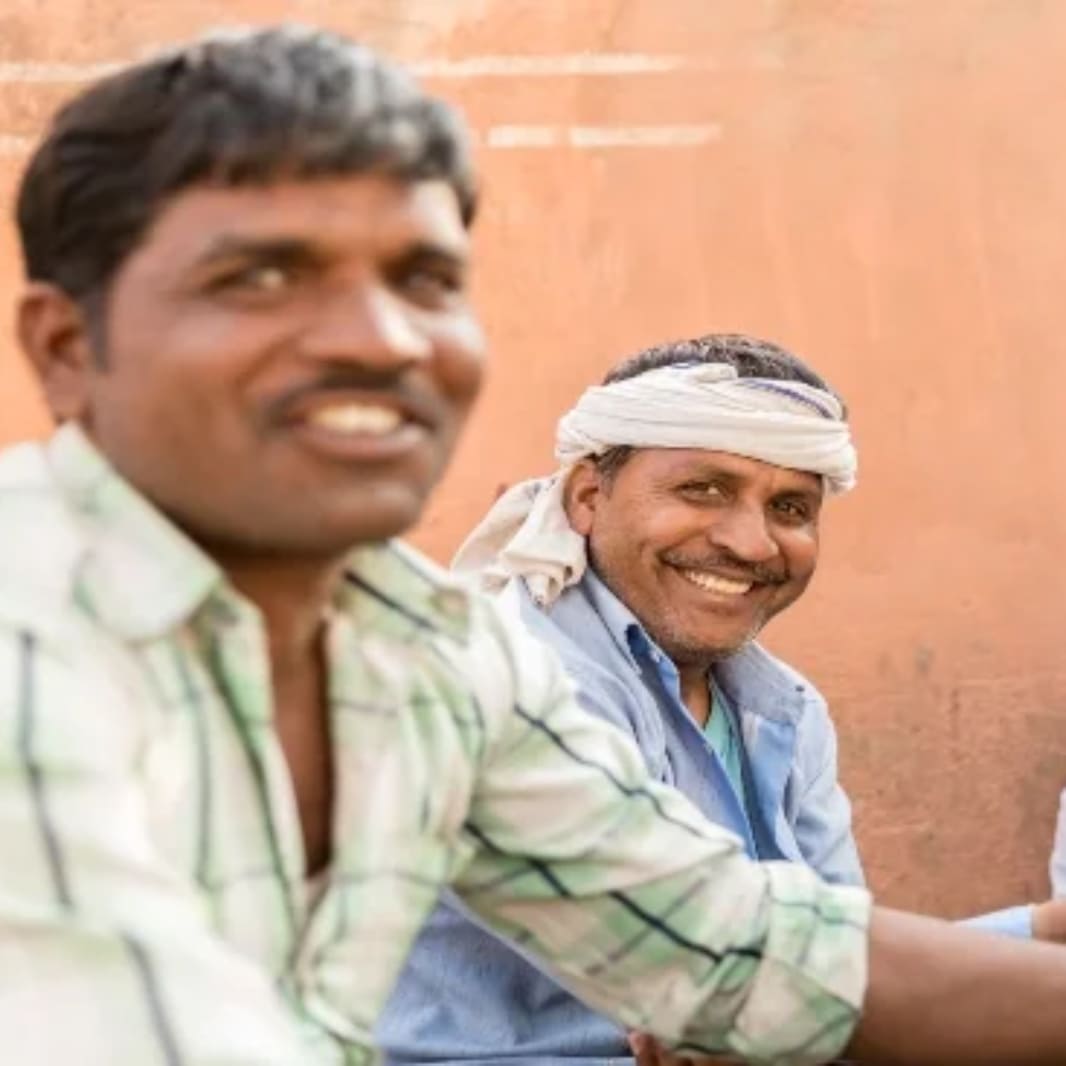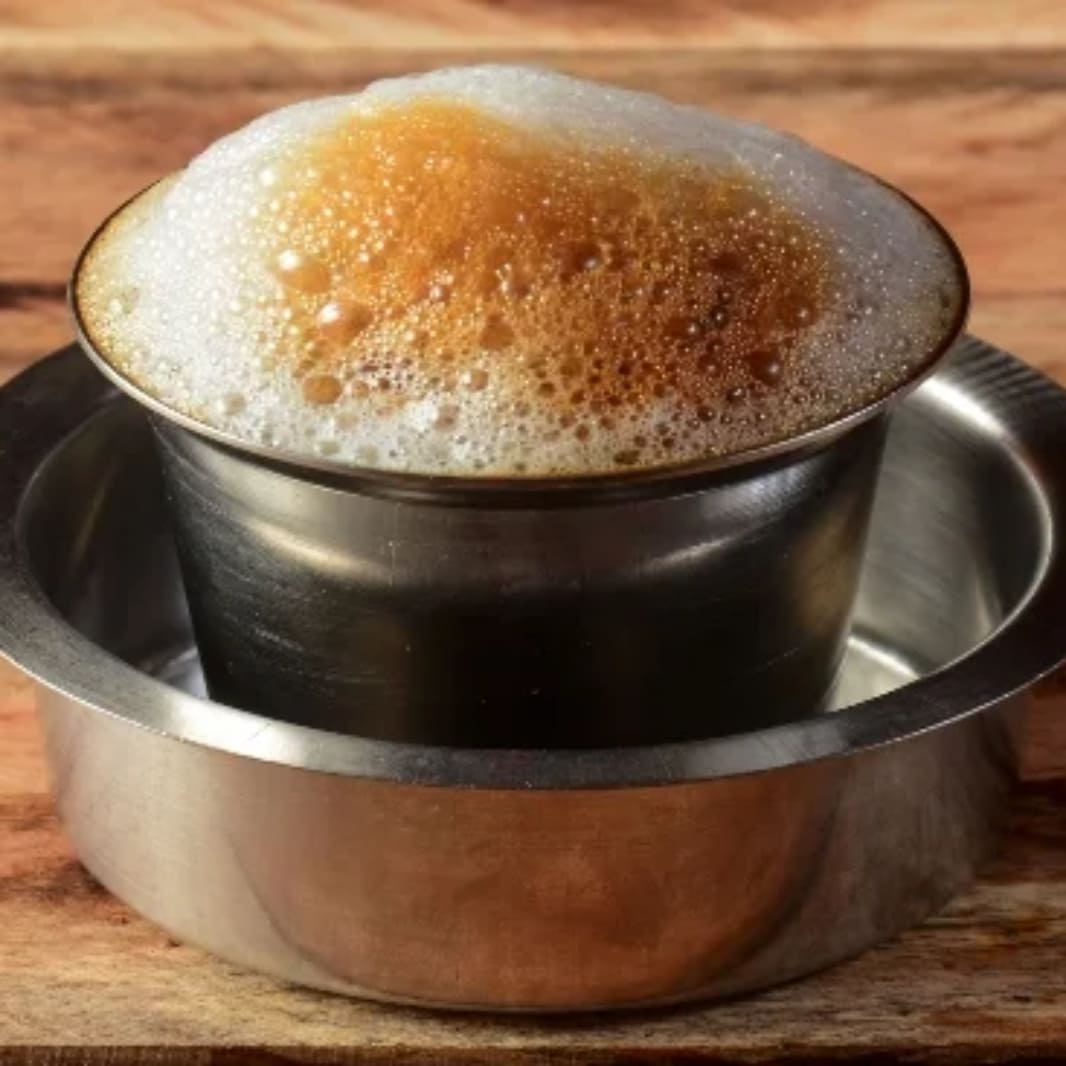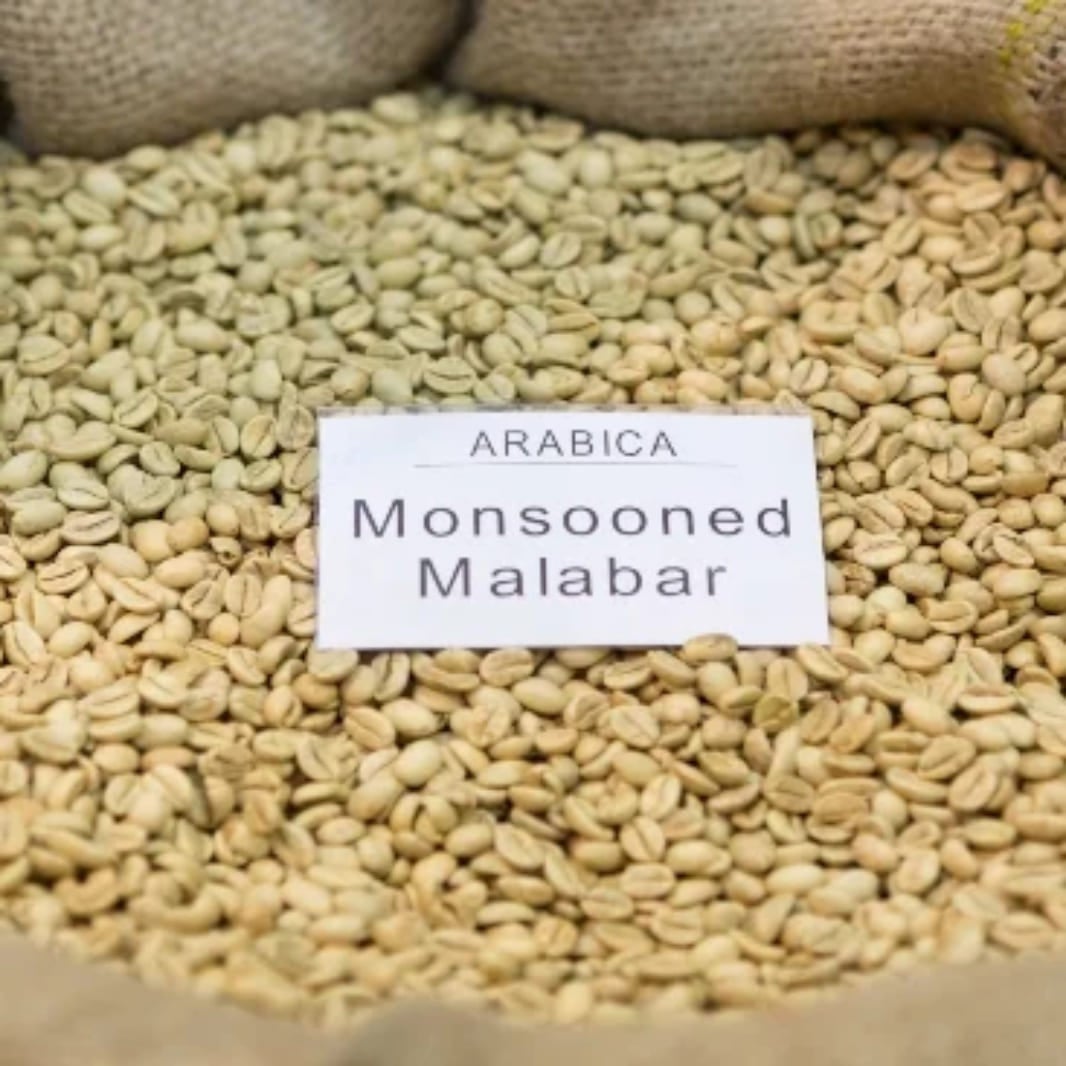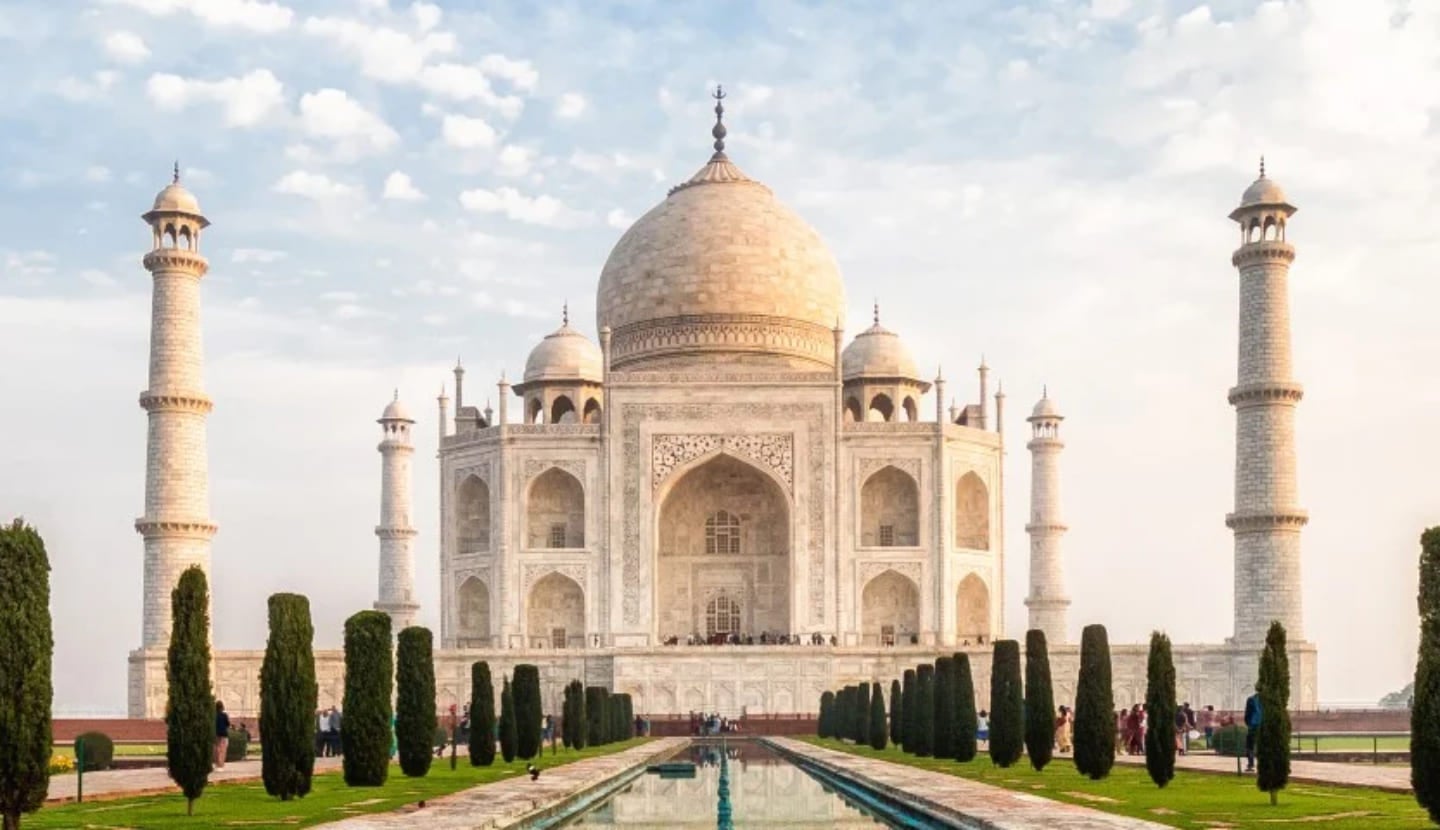Indian Coffee: A brief history
Though coffee has a long history in India, it isn’t considered a native beverage of the region. The legend follows the story of the sixteenth-century saint Brother Baba Budan. He travelled all the way from Yemen, to smuggle seven green beans into India, seven being a sacred number.
Brother Baba Budan then chose to plant these beans in Chikkamagaluru, a district in his hometown of Karnataka, southwestern India. It is here that Indian coffee originates, Indian coffee eventually took over what is now called the Baba Budan hills. The hills account for around 82% of the country’s coffee farmland today. However, not all of India have adopted a coffee culture, Northern India have remained loyal to tea and, Chai tea in particular.
Coffee plantations were established while the country was under British rule. The succession of these plants became more and more popular, and as such, coffee plantations spread throughout the country. The wide spread of coffee has helped India in many ways. It has aided in the creation of a great ecosystem and helped steady the economy, both of which are still thriving today.
In 1907 the India Coffee board was established, which was created to help improve the quality and presence of Indian coffee. The board has supported strict regulation in the coffee sector, primarily in the years of 1942 and 1995. In 1995, post liberalisation, Indian coffee growers were given free rein to sell their coffee produce wherever they deemed appropriate.
Following the establishment of the India Coffee Board, the India Coffee House was born. Although many of them were closed by the Board in 1950’s, the first of a new generation of Indian Coffee Houses opened in Delhi on the 27th December 1995. Since the new opening, the India Coffee House chain has seen major expansion across the country. By the end of 1058, there were Indian Coffee houses spread far and wide with Houses in Pondicherry, Trissur, Lucknow, Nagpur, Jabalpur, Mumbai, Kolkata, Tellicherry and Pune.
The India Coffee House is a restaurant chain that is run by a series of worker co-operative societies, it has been a hub for communist and socialist movements for generation. The India Coffee house chain have played a very important role in the political society and culture of India.
Today, India is the 7th largest producer of coffee globally, and the southern region of India continues to dominate the rise of coffee. The leading coffee growing regions of India are Karnataka, Kerala, and Tamil Nadu, with Karnataka accounting for over 70% of Indian coffee production.

Coffee Growing Regions in India
- • There are three categories of which the Indian coffee regions can be divided into:
- • Traditional Indian coffee growing regions, such as Karnataka, Kerala and Tamil Nadu
- • Non-traditional (i.e., relatively new) Indian Coffee growing regions, such as Andhra Pradesh and Orissa on the Eastern Ghats
- • North-Eastern Coffee growing regions, such as Assam, Manipur, Meghalaya, Mizoram, Tripura, Nagaland, and Arunachal Pradesh.
- • Indian coffee is produced in different geographies, under varying degrees of rainfall, ranging from 800 mm to 4500 mm, and altitudes of 700m at Chikmaglur, to 2000m at Pulleys. These variations bring subtle but delicious variations to the flavour of Indian coffee.
Indian coffee is produced in different geographies, under varying degrees of rainfall, ranging from 800 mm to 4500 mm, and altitudes of 700m at Chikmaglur, to 2000m at Pulleys. These variations bring subtle but delicious variations to the flavour of Indian coffee.
Indian Coffee Culture
Coffee culture in India is a relatively new thing. It is continuously maturing and evolving thanks, in large part, to India’s youth choosing coffee houses as places to meet up.
A growing number of Indian consumers are looking for coffee that’s sweet, acidic, or multifaceted rather than bitter, sharp or sour. Global coffee chains transformed the concept of coffee houses in the country with air-conditioned spaces and plush ambiance, giving way to a new kind of coffee experience. Part of the Indian coffee culture is how they drink their coffee and the way they make it, recipes date back centuries.
Indian Filter Coffee
In Madras (now called Chennai), the most traditional beverage is a filter coffee. Indian filter coffee is an aromatic and refreshing drink to start the day.
Within the communities of brahmin, Chennai’s filter coffee culture is world famous. Almost every family has a recipe for this hugely popular filter coffee, or as known in India, Kaapi.
In most homes, people use a traditional coffee filter with two containers, one to put the ground coffee and the second is where the essence from the boiled coffee is collected. The traditional way of serving coffee is with a dabara set. A dabara set is made up of one small tumbler with a small container. South Indian filter coffee comes in one form but is known by various names, Kaapi, Kumbakonam Degree Coffee, Mylapore Filter Coffee, and Madras Kaapi.

Beaten Coffee
This Indian cappuccino, or Beaten coffee takes a simple homemade Indian coffee and completely transforms it into a café style looking and tasting coffee. A Beaten coffee is a smooth and frothy coffee which is great to drink at home or on the go.
Beaten coffee is a sugary confection that comes with unique flavour notes. The name “beaten coffee” comes from the traditional process of creating the silky smooth and thick mixture that sits on top of the drink. By hand beating together the instant coffee, sugar, and water, you end up with the delicious froth, that you can sometimes get stuck on your upper lip! Many people have compared the Indian Beaten coffee to that of South Korea’s Dalgona coffee, even though the two are similar they are vastly different too.

Monsoon Malabar Coffee
If Indian coffee has a defining feature, it would be the Monsooned Malabar coffee, a now protected term. So, if you want to get to know its origin, it is an important one to sample. Originally, the now valued Monsooned Malabar coffee was an accident. Coffee beans being sent from India to England on ships were exposed to monsoons’ winds and rains along the Malabar Coast. Being exposed to the elements caused the coffee beans to swell, and grow pale in colour.
This swelling and exposure to high winds and heavy rainfall give the coffee bean its distinct flavour. Today, the process of Monsooned Malabar coffee is done in a much more controlled fashion. The modern process has been designed to mimic the beans’ exposure they would have had across the oceans, but in a more controlled and less harsh environment. The flavours tend to be earthy and woody, with notes of chocolate, spices, nuts, and a full body.
Although the coffee industry in India has been around for a long time, its high-end coffee production is taking off. That’s our guide on Indian coffee and the fascinating history that comes with it!

If you want to continue your journey around the coffee hotspots of the world, then why not read our guide on Malaysian Coffee next.
Today’s community favourites




